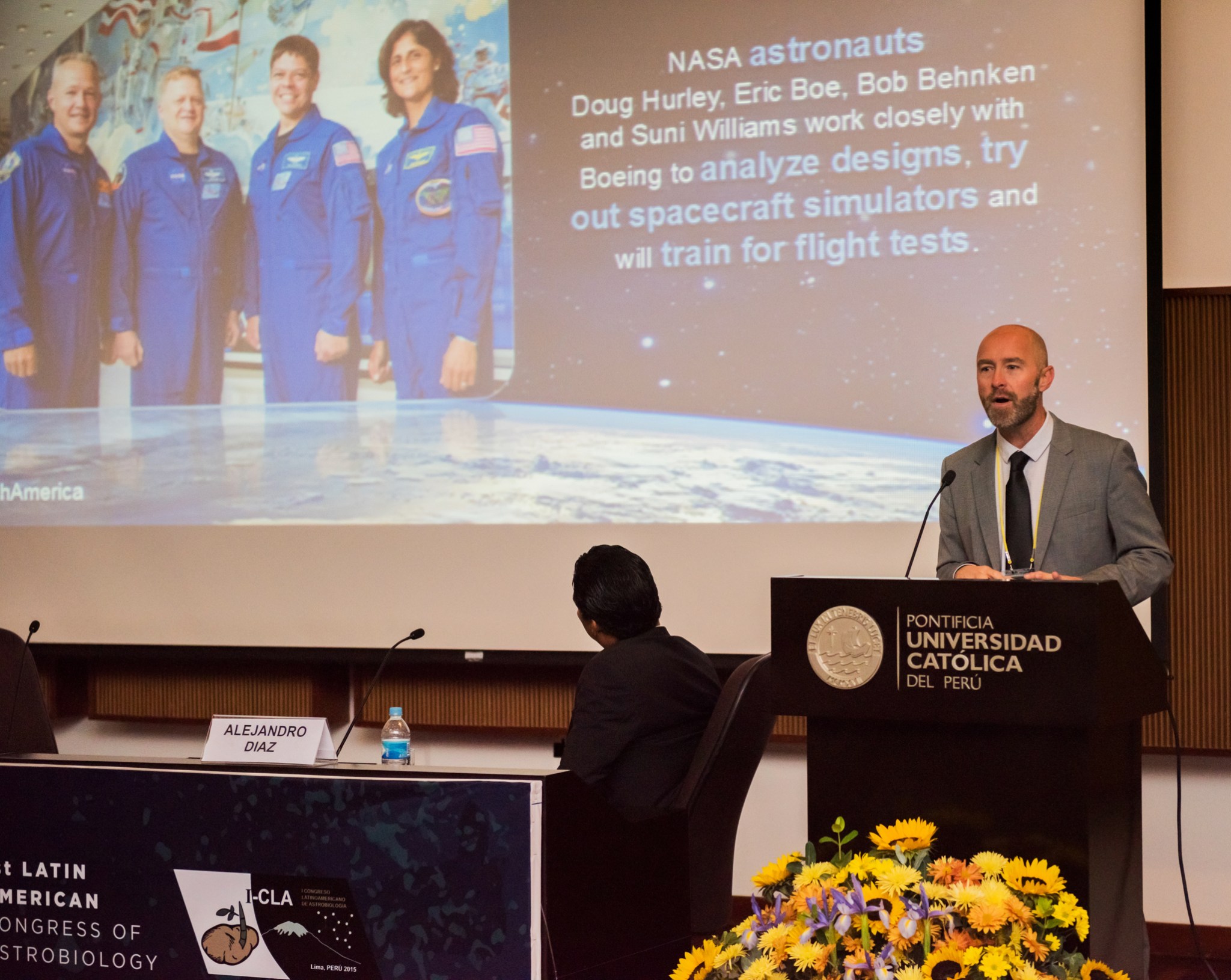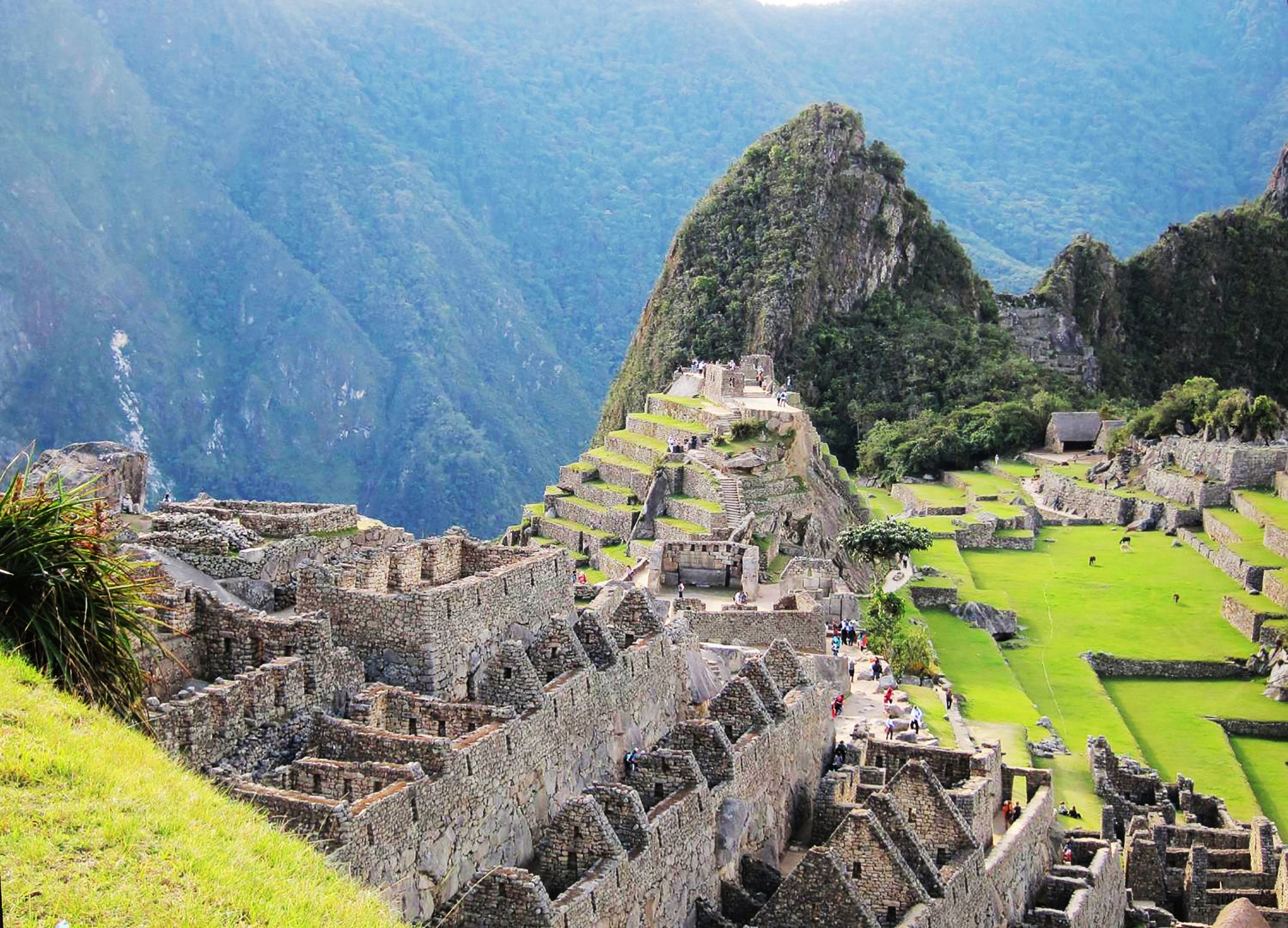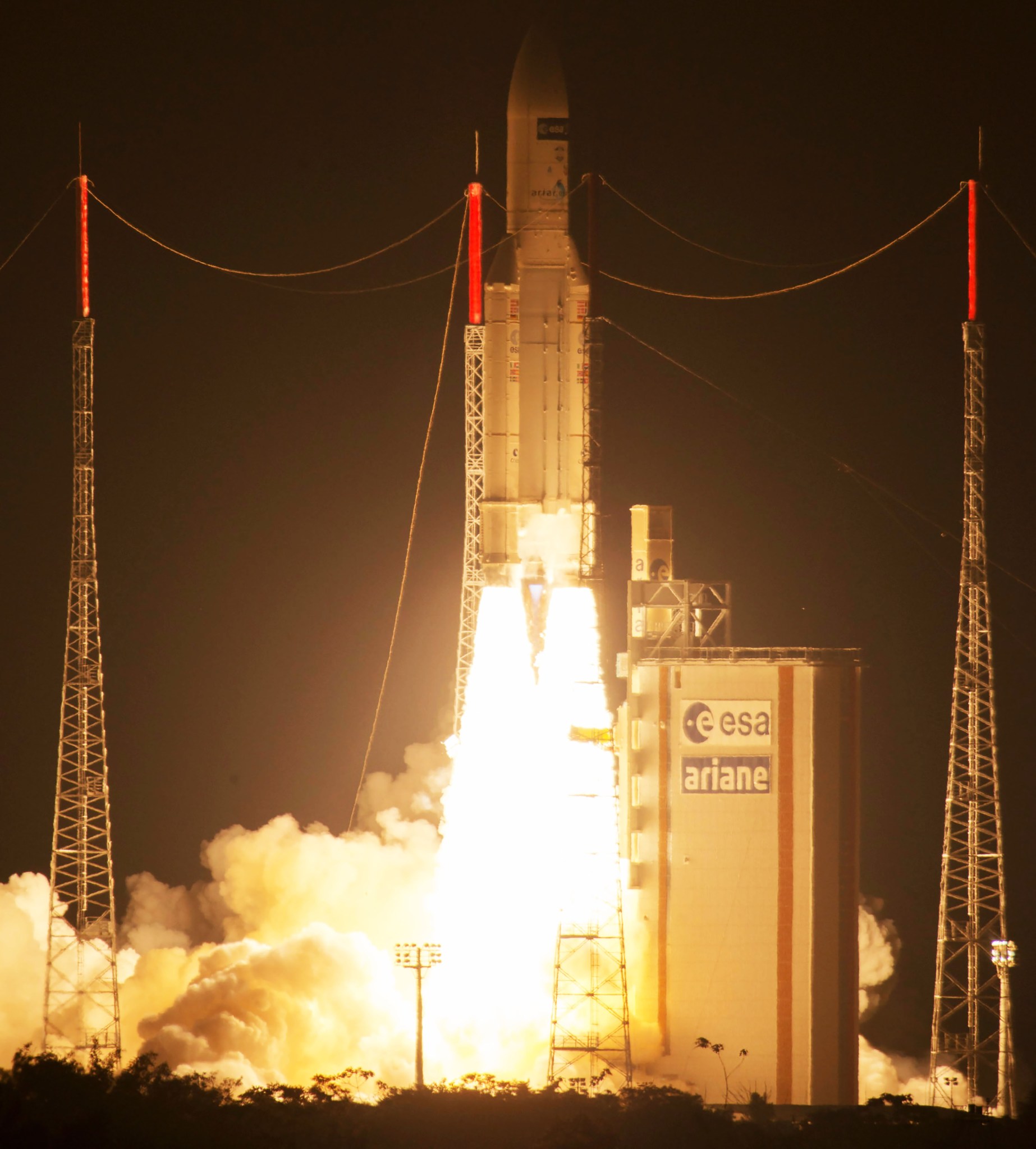By Bob Granath
NASA’s Kennedy Space Center, Florida
NASA was born in 1958 when the Space Age was just getting underway. In the decades to follow, the agency has collaborated with nations around the world to share the benefits of space flight and exploration. The agency now is working with experts in South America to help them expand their opportunities.
In early August, Jeffrey Thon, Landing and Recovery Subsystem manager for the Commercial Crew Program (CCP) at NASA’s Kennedy Space Center in Florida, spoke to university students and young professionals attending the Second South American Space Generation Workshop in Lima, Peru. NASA is helping the Peruvians define a path toward becoming part of a vibrant South American space program.
“Peru is an emerging economy,” said Thon whose organization is in Kennedy’s Engineering Directorate. “As a nation, they now are advancing their own technologies. As a result, many Peruvians are looking to expand their opportunities, including reaching into space.”
During the early 13th century, the Inca civilization originated in the nation’s highlands. Their astronomers developed calendars based on movements of the sun and phases of the moon.
The people of Peru again are looking to the heavens.
Peru formed its space agency, the Comisión Nacional de Investigación y Desarrollo Aeroespacial (National Commission for Aerospace Research and Development) or CONIDA, in 1974.
“Those attending the South American Regional Space Generation Workshop were mainly young professionals between 25 and 35 years,” Thon said. “They are hoping to foster collaboration between CONIDA, industry and academia to build a robust space program for Peru. They also want to find ways to work with NASA and join efforts led by ESA at their launch site in Kourou.”
ESA is the European Space Agency. Along with the French space agency, CNES (National Centre for Space Studies), ESA and commercial companies established the Guiana Space Centre in Kourou, French Guiana, in 1968.
“The workshop included presentations and discussions on how Peruvians can develop and build on their emerging capabilities,” said Thon. “Students and professors at several universities have already taken advantage of opportunities to fly CubeSats and nanosatellites as part of American-launched spacecraft.”
NASA’s CubeSat and Educational Launch of Nanosatellites initiatives provide opportunities for small satellite payloads to fly on rockets planned for upcoming missions. Both originally were created to attract students to further studies in the disciplines of science, technology, engineering and mathematics, or STEM.
During 2013 and 2014, Pontificia Universidad Catolica del Peru (Pontifical Catholic University of Peru), Universidad Alas Peruanas (Alas Peruanas University), and Universidad Nacional de Ingeniería (National University of Engineering), all located in the nation’s capital of Lima, built cubesats that were launched on NASA rockets.
“These satellites, while small, are helping Peruvian students develop the capability to launch and track objects in space,” Thon said. “This creates a framework to help their efforts grow and attract interest and funding from high-tech industries.”
Collaboration was the focus of Thon’s presentation to the group.
“I explained how NASA now is relying on industry partners to develop the spacecraft to take our astronauts to low-Earth orbit,” he said. “That’s the core of our Commercial Crew Program, relying on companies such as Boeing and SpaceX to provide transportation to the International Space Station while the agency focuses on developing the new technologies needed to explore deep space.”
According to Thon, differing viewpoints can be advantageous.
“When the United States partners with different nations, we don’t want them to change to do everything our way,” he said. “There are many advantages in diversity. We want our partners to not only bring their expertise, but bring their culture, their viewpoint, their different approach. This gives us the benefits of new ideas as we go forward.”
As NASA continues development of the Orion spacecraft and Space Launch System rocket, Thon believes expanding international partnerships will be a key to success.
“The journey to Mars is a complex, expensive endeavor,” he said. “It will be crucial to involve not only the nations such as those currently involved in the space station program, but Peru and other countries in South America and around the world.”
With a population estimated at 31.2 million, modern Peru is the third largest country in South America, following Brazil and Argentina.




























